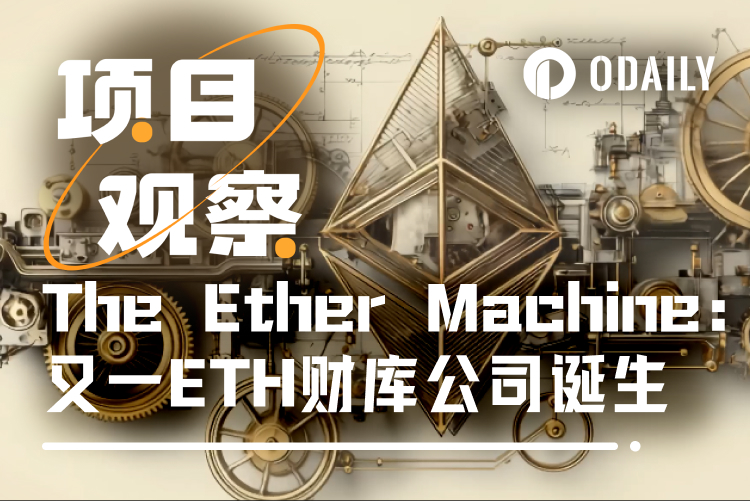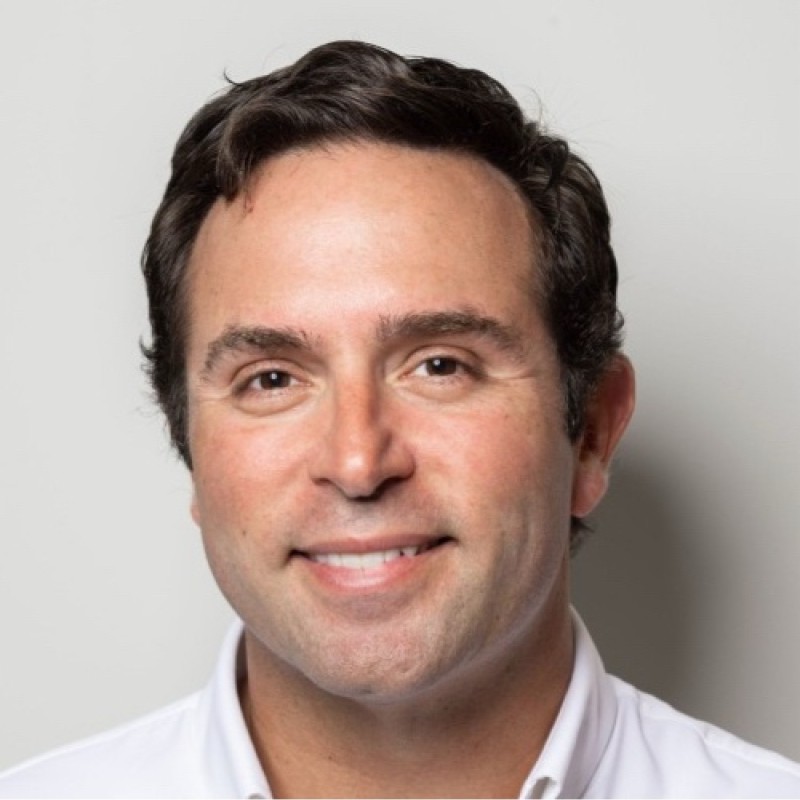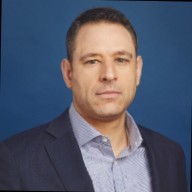400K ETH Whale Emerges! Countdown to Approval of The Ether Machine, the First Ethereum Asset Management Platform on the U.S. Stock Market
Original | Odaily Planet Daily (@OdailyChina)
Author|Golem (@web3_golem)

On July 21, the U.S. stock market welcomed another listed company focused on Ethereum. Special Purpose Acquisition Company (SPAC) Dynamix Corporation (NASDAQ: DYNX) announced a merger with The Ether Reserve and its affiliated entities to form a new company, The Ether Machine (stock ticker to be changed to "ETHM"). Subject to shareholder approval and regulatory conditions, the merger is planned to be completed in the fourth quarter of 2025.
Disclosures reveal that The Ether Machine is positioned as an institutional-grade Ethereum ecosystem investment platform, aiming to provide investors with transparent and secure exposure to the Ethereum network and ETH interest-bearing assets. Additionally, the company stated it would launch with over 400,000 ETH, surpassing Sharplink's current holdings of 345,000 ETH, to become the world's largest listed entity by ETH holdings. The Ether Machine's initial asset reserves comprise two main sources:
Founder Andrew Keys' contribution of 169,984 ETH (approximately $645 million)
Over $800 million in common stock financing from top-tier institutions and strategic investors including Pantera Capital, Kraken, Blockchain.com, cyber•Fund, and Electric Capital
Notably, the company distinctly differentiates itself from the "Ethereum version of MicroStrategy"—its goal is not merely to hoard ETH but to build an asset management matrix centered around ETH,maximizing investor returns from the Ethereum ecosystem through staking, restaking, and decentralized finance strategies.
Generating Alpha: The Ether Machine's ongoing ETH generation strategy is expected to include staking and restaking, as well as participating in proven DeFi protocols to obtain fiscal gains, leveraging strict risk management in the process to achieve prudent risk-adjusted returns.
Driving Ecosystem Growth: The Ether Machine plans to actively support native Ethereum projects through ecosystem collaborations, open-source contributions, and participation in early-stage emerging protocols. The company also intends to release Ethereum-related research and educational content to deepen market understanding of the Ethereum network's potential and promote broader adoption.
Building Infrastructure Solutions: The Ether Machine is expected to provide infrastructure solutions for institutions and native Ethereum projects—eliminating the need for internal system development. Services may include validator management, block building, and customized yield strategies. All activities will be governed by stringent internal risk frameworks and regulatory compliance protocols.
From the above objectives, it's clear that in ETH operations, The Ether Machine adopts a strategy similar to BTCS—staking ETH to generate interest on one hand and participating in on-chain DeFi to leverage and amplify returns on the other. Additionally, it may expand revenue sources by investing in early-stage ecosystem projects and providing services to Ethereum ecosystem projects.
Co-founder and Chairman: Andrew Keys

Co-founded the Enterprise Ethereum Alliance (EEA) in 2017, with members including JPMorgan, Intel, BP, and Accenture.
Co-founder and CEO: David Merin

Co-founder and CEO. Previously, he served as the head of corporate development at Consensys, overseeing financing, mergers and acquisitions, strategic investments, business development, and investor relations. Before joining Consensys, David Merin worked as a consultant at McKinsey and spent time at the U.S. Senate.
Co-founder and Vice Chairman: Jonathan Christodoro

Jonathan Christodoro is the co-founder and vice chairman of The Ether Machine. He has served on the boards of over ten companies, including eBay, Xerox, Cheniere Energy, Herbalife, Lyft, Hologic, and Talisman Energy. He was also appointed and nominated as a board member of Dell and currently serves as a director at PayPal. Earlier in his career, Jonathan Christodoro served in the U.S. Marine Corps.
Chief Technology Officer, with over two decades of experience building critical financial systems. Previously, he led Consensys's staking business, where he helped design and launch one of the earliest institutional ETH staking platforms. Tim Lowe is also passionate about martial arts.
Darius Przydzial is the head of the DeFi department at The Ether Machine. Since joining Consensys in 2017, he has advised several top DeFi protocols and was a core contributor to Synthetix. Before working in Web3, Darius Przydzial spent over a decade at JPMorgan, Fortress Investment Group, and SAC Capital, focusing on quantitative research and risk strategies.
On July 21, following the announcement of The Ether Machine's fundraising, DYNX's stock price did not show significant gains, possibly because the merger was not yet completed and there was no substantial ETH purchase action beyond the announcement. However, if The Ether Machine proceeds with its ETH reserve plan as scheduled and provides investors with greater ETH yield exposure, it is bound to stir up the current competitive market for ETH reserve listed companies.
As mentioned in a previous article discussing the narrative collapse of SharpLink, due to ETH's inherent yield-bearing properties and Ethereum's mature DeFi ecosystem, the market will no longer measure the value of an ETH reserve listed company by the single metric of "ETH reserve volume" once it matures. Instead, it will focus on the company's ability to manage ETH assets, turning ETH reserve companies into off-chain versions of ETH yield protocols (recommended reading "Sharplink's Narrative Bubble Burst? The ETH Version of Strategy Remains Undecided")
However, all this may be irrelevant to you and me. The Ether Machine's mission is to provide investors with greater yield-generating ETH exposure, but the question is, who are the investors defined as able to obtain these yields? Based on currently disclosed company documents, this role likely only includes investors participating in equity financing to provide funds for ETH purchases, and may not include shareholders in the secondary market.
In the on-chain economy, DeFi protocols distribute yields to stakers or long-term token holders to reward their long-term support for the project and alleviate market sell pressure. Currently, all ETH reserve listed companies based on "ETH yield generation" have no plans to distribute ETH staking yields to shareholders, keeping them for themselves. From a contribution perspective, most ETH reserve listed companies use ATM market price issuance of stocks to raise funds for ETH purchases, and these stocks sold at high prices in the secondary market are directly bought by secondary investors, who should rightfully receive the staking yields from the ETH reserves.
Even if The Ether Machine completes the purchase of over 400,000 ETH post-merger, it will likely continue to raise funds through equity financing or ATM market price issuance for further ETH purchases. It is hoped that by then, as a so-called public Ethereum generation company, The Ether Machine will legally and reasonably distribute ETH financial yields to retail investors.
Regardless, The Ether Machine must accelerate its actions, as ETH has already begun to show a correction trend. With two months remaining until the fourth quarter, if the market turns bearish by then, The Ether Machine will have missed the best opportunity.
